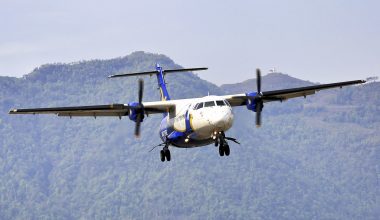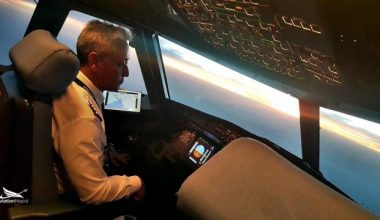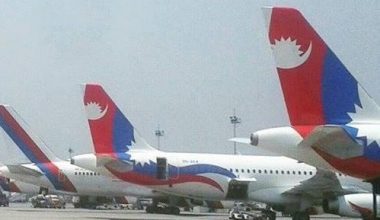Flag carrier Nepal Airlines Corporation (NAC) has been approved by Civil Aviation Authority (CAAN) Nepalese Civil Airworthiness Requirements (NCAR) ‘Part-145’ approval of Approved Maintenance Organization.
The approval of NCAR part-145 has ended requirement for corporation to hire foreign engineer or take aircraft to foreign for maintenance work. Now the airline’s engineer can perform some maintenance work of the aircraft unless any serious damage has occured.
As per CAAN, NCAR Part-145 is requirement for Approved maintenance Organization that constitute a minimum series of standard for the approved organization involved in management of large aircraft and aircrafts used for commercial air transport.
With the part 145 approval, NAC has authority of maintenance and operation of aircraft components and the corporation won’t have to hire foreign engineers for maintencae of the aircrafts.
The corporation will now be able to perform line maintencae of its wide-body Airbus A330 series aircraft from airline’s engineer. Earlier, engineer from China had to be called for the maintenance purpose.
Similarly, NAC has also received authority for base maintenance of Chinese Aircraft; MA-60 and Harbin Y12e. Previously, Chinese manpower were had to be hired for maintenance of these aircraft.
NAC official stated that the extra expenses of around 5-6 million rupees incurred on foreign engineers will be reduced and alongside, Nepali human resource will get job in the country.
Nepali engineers will start the maintenance work from July 2019. The maintenance of narrow-body A320 series aircraft is being done by Nepali engineers.
Nepal Airlines hope to enhance its economy sector by reducing cost on foreign human resource and the work of management will lead to increase goodwill of the corporation as well as enhance the economic situation of the corporation.
Recently, corporation’s CAMO Department (Engineering) has been certified by ISO 9001:2015 and the carrier is on the move to enhance further on safety and air worthiness of aircraft.






